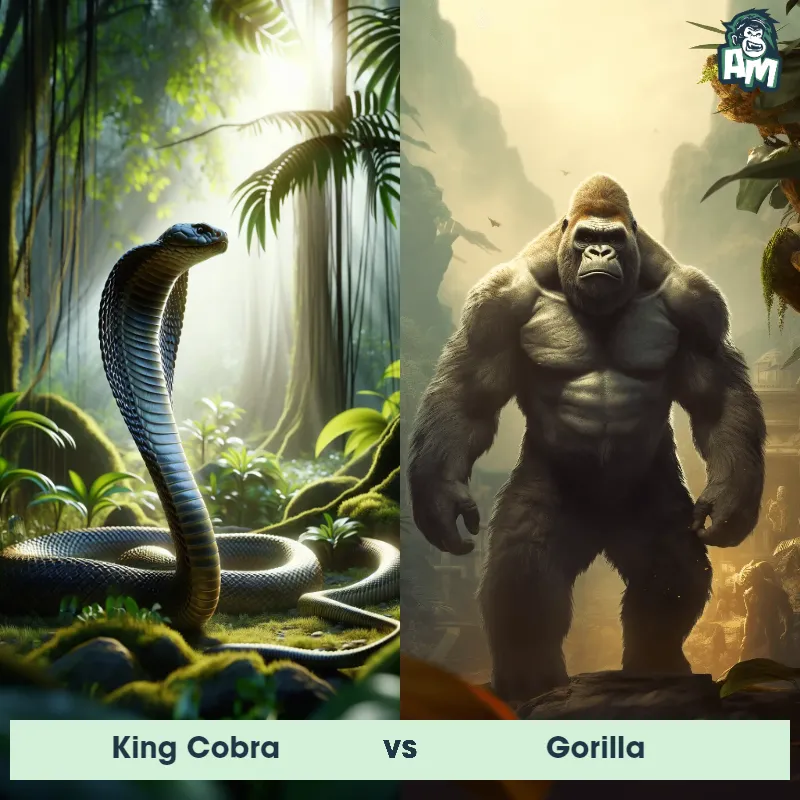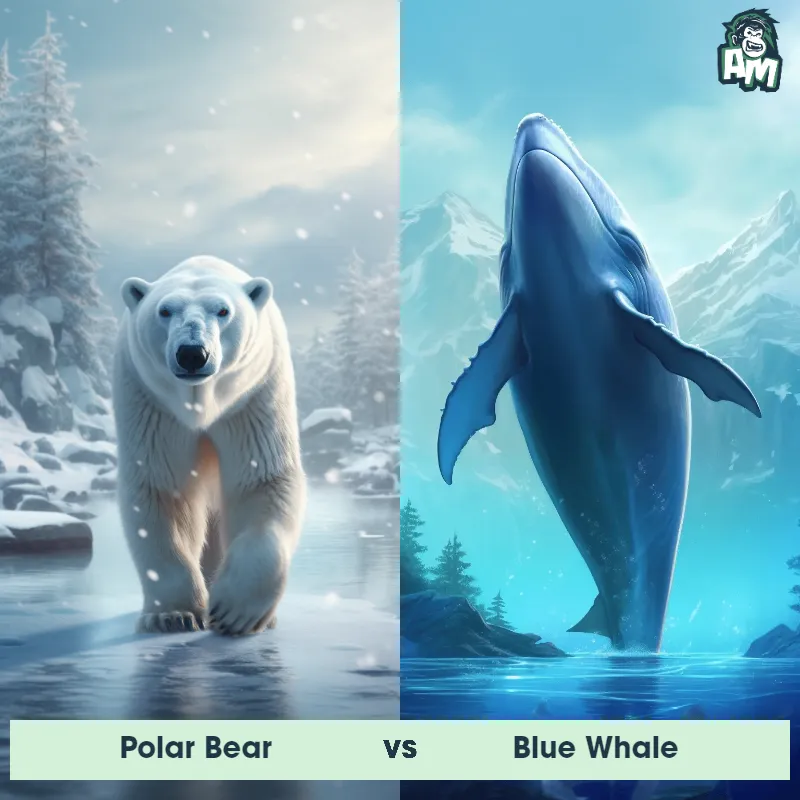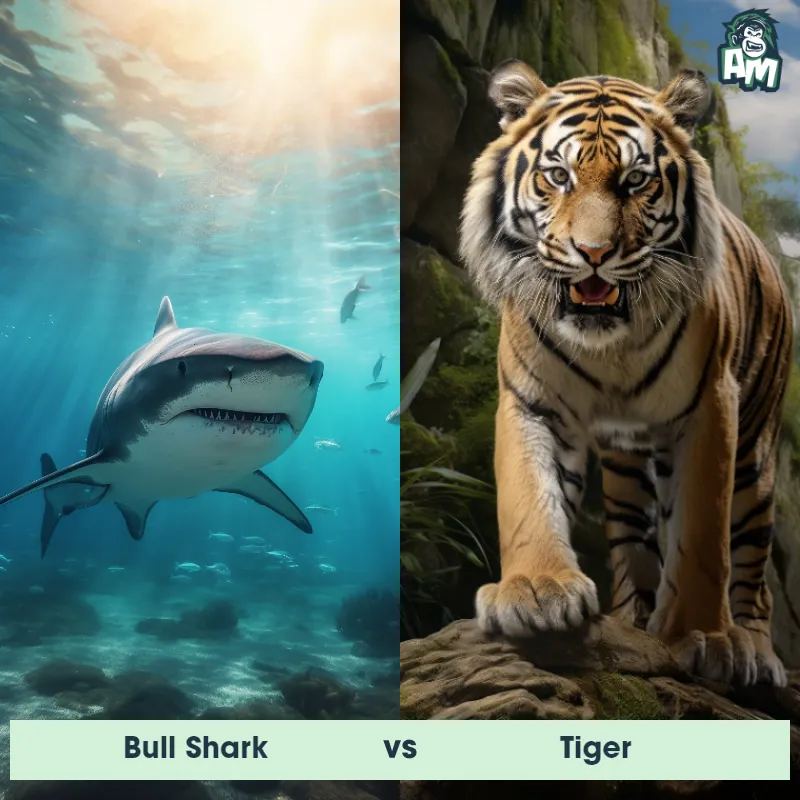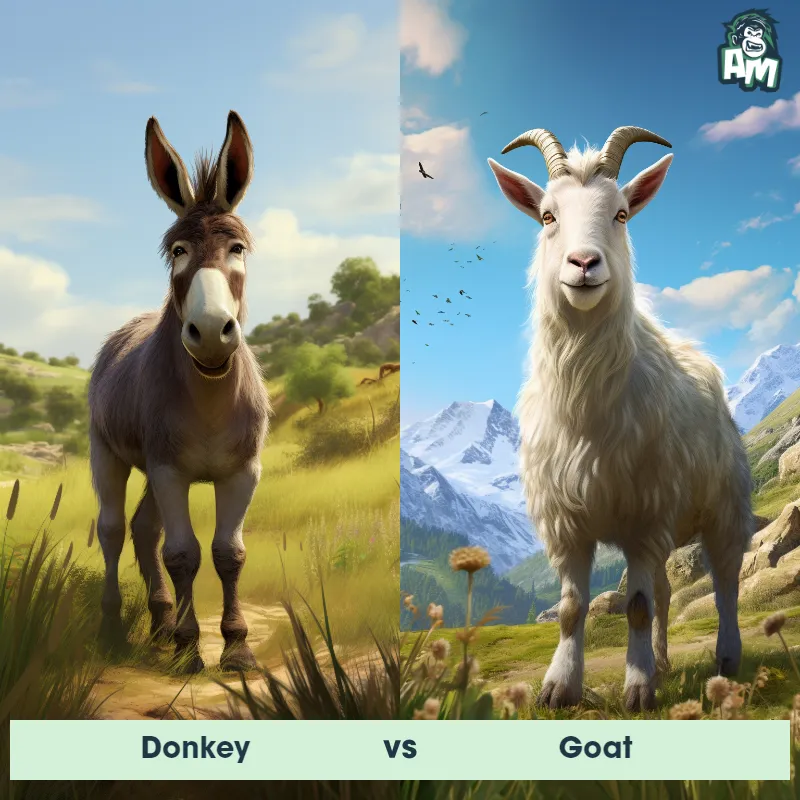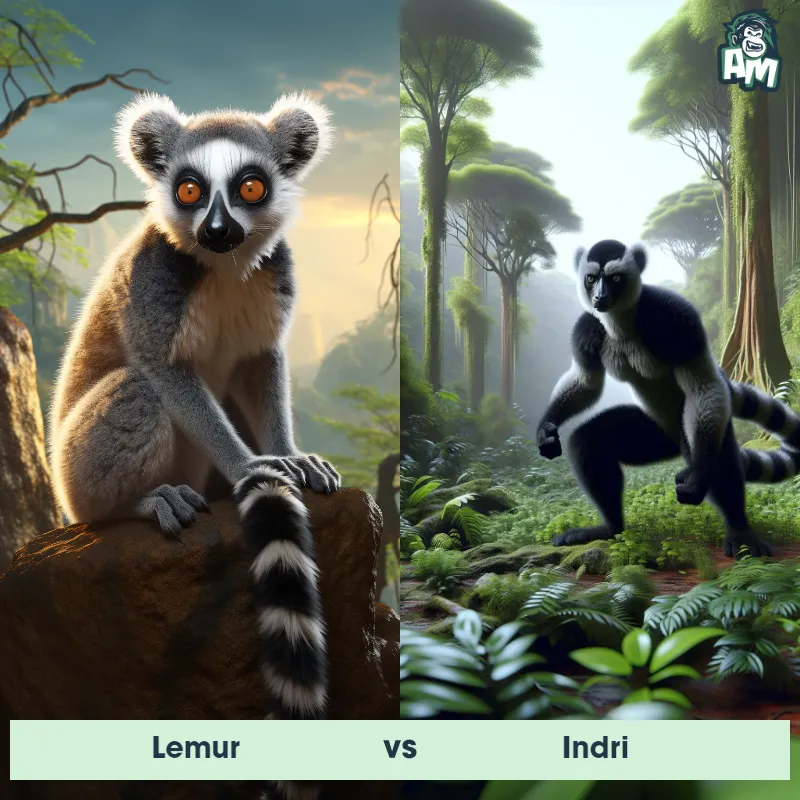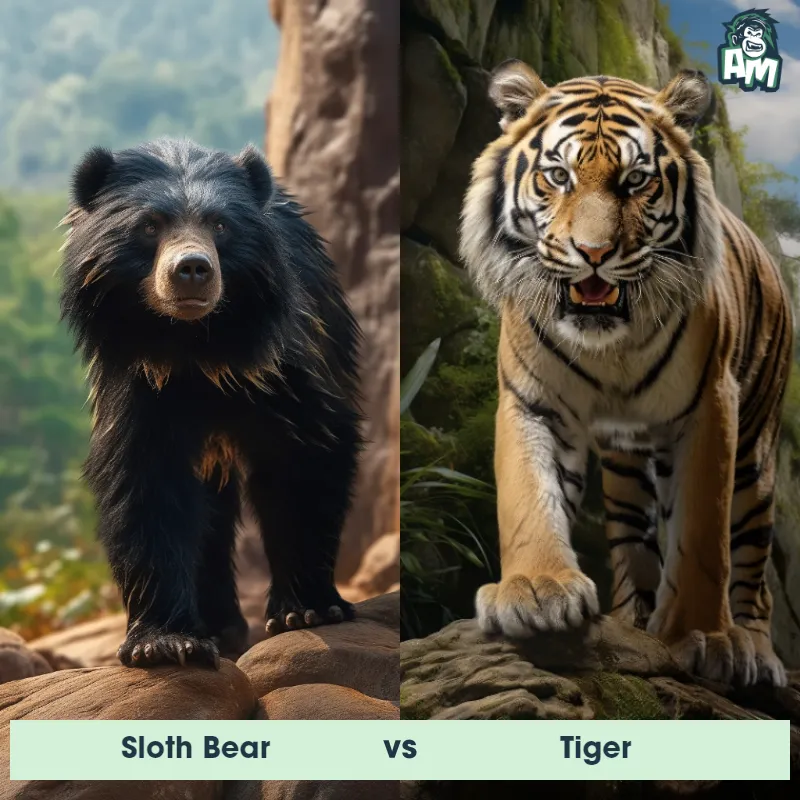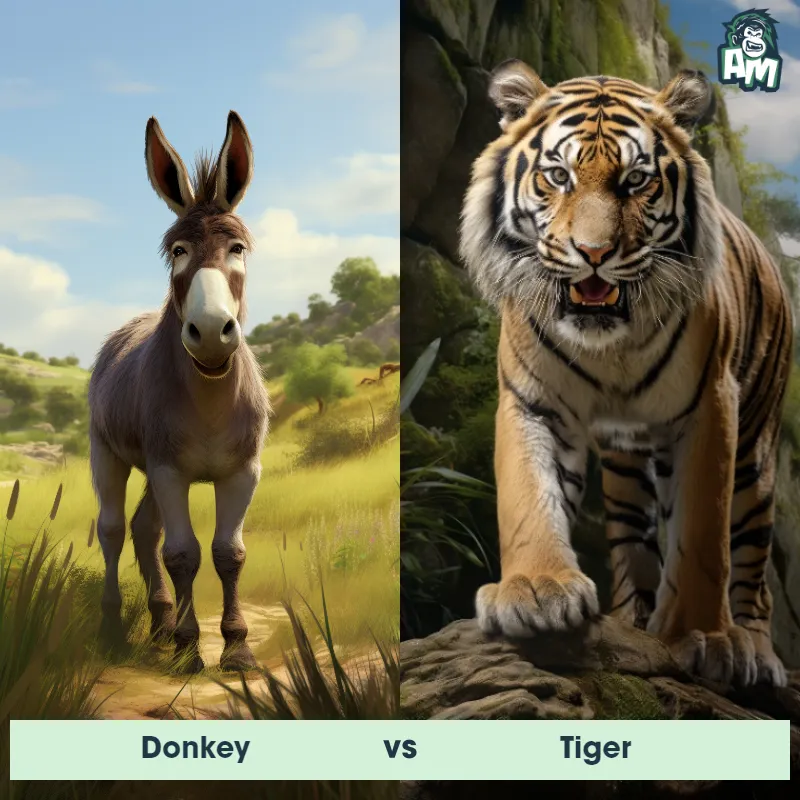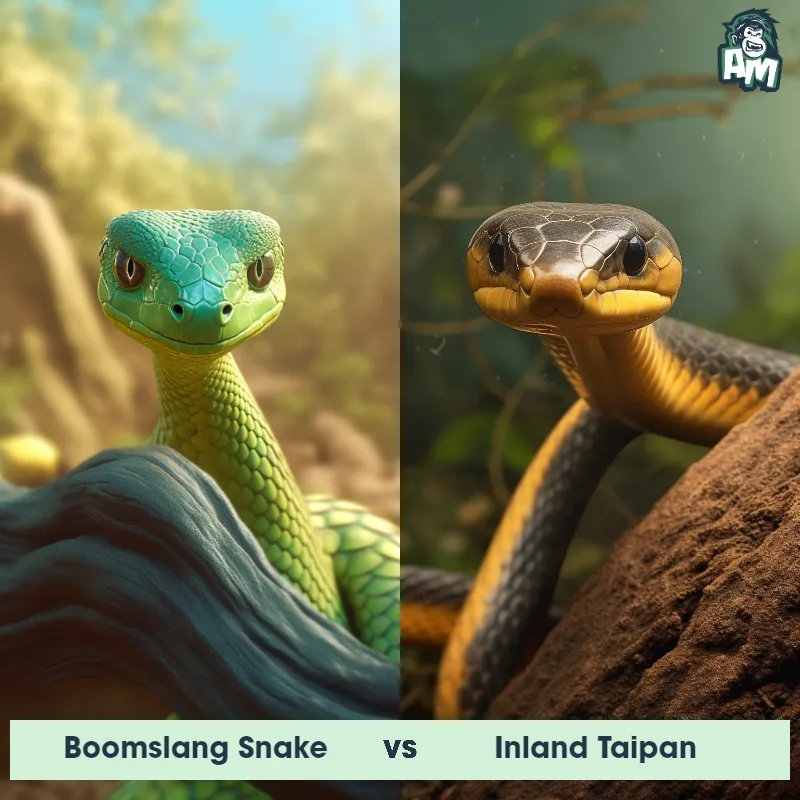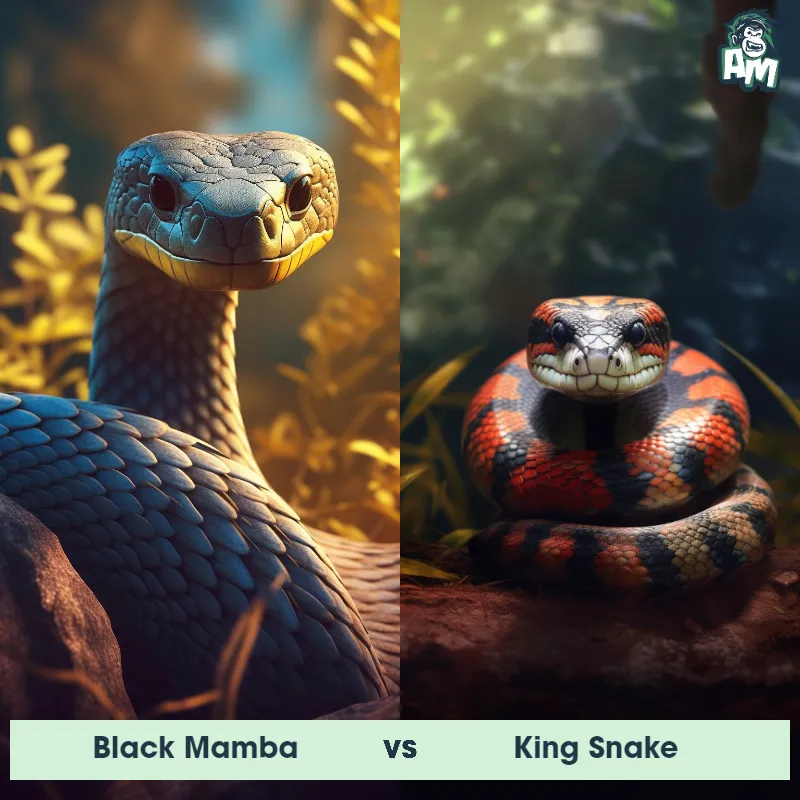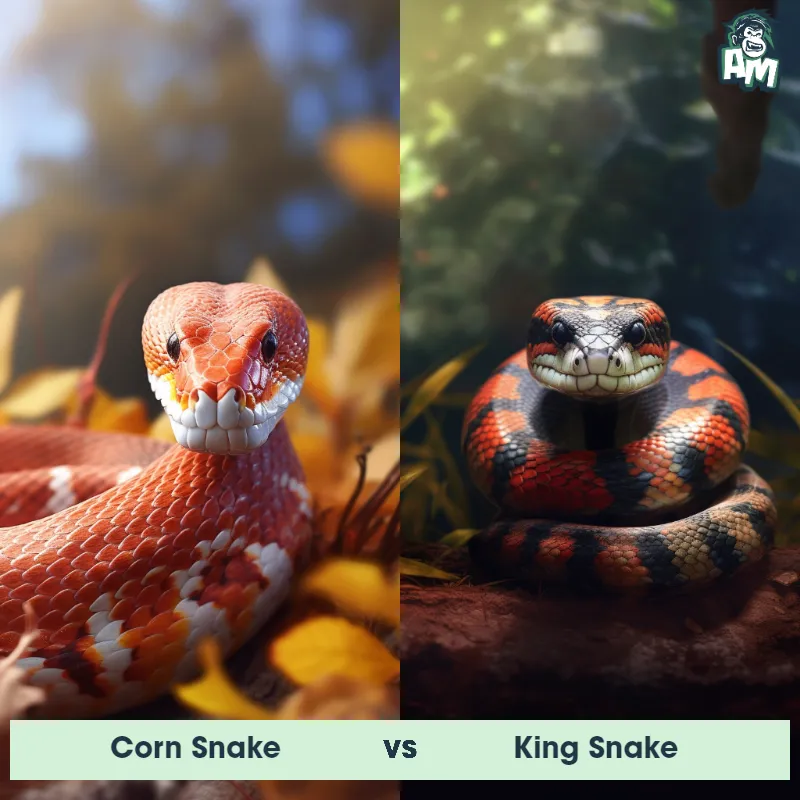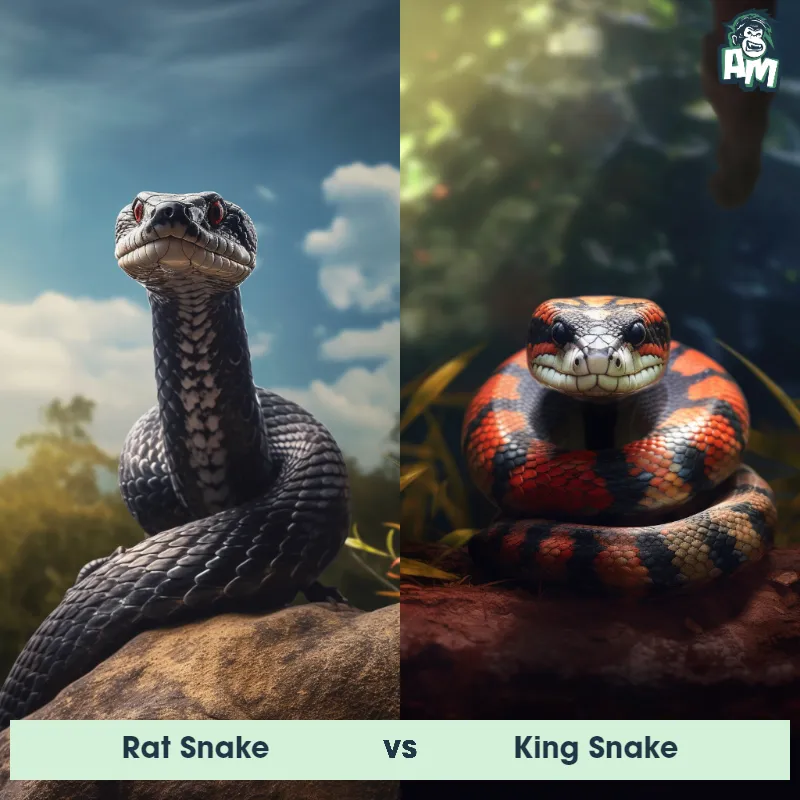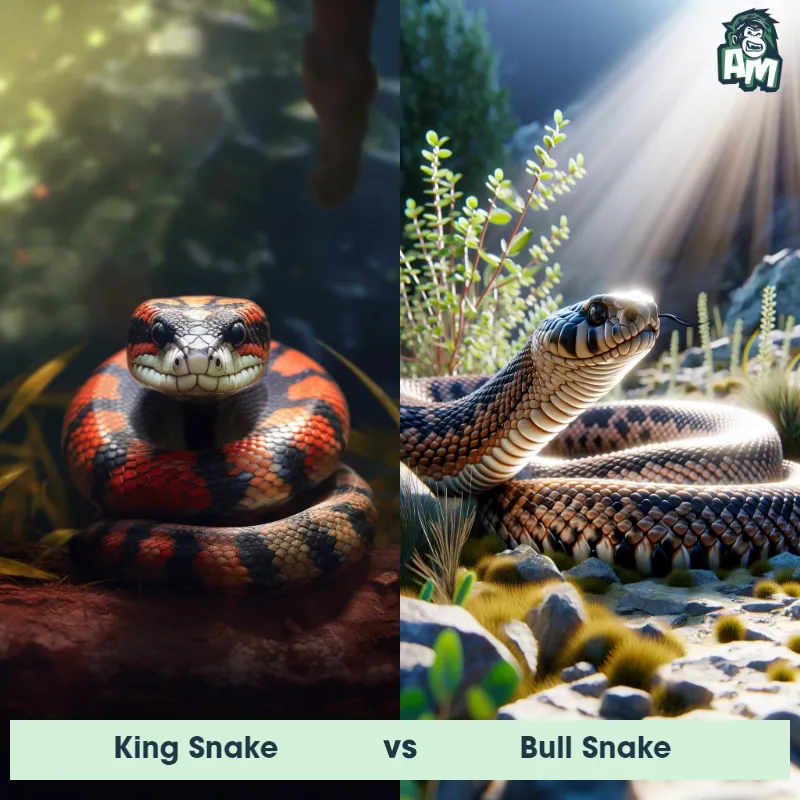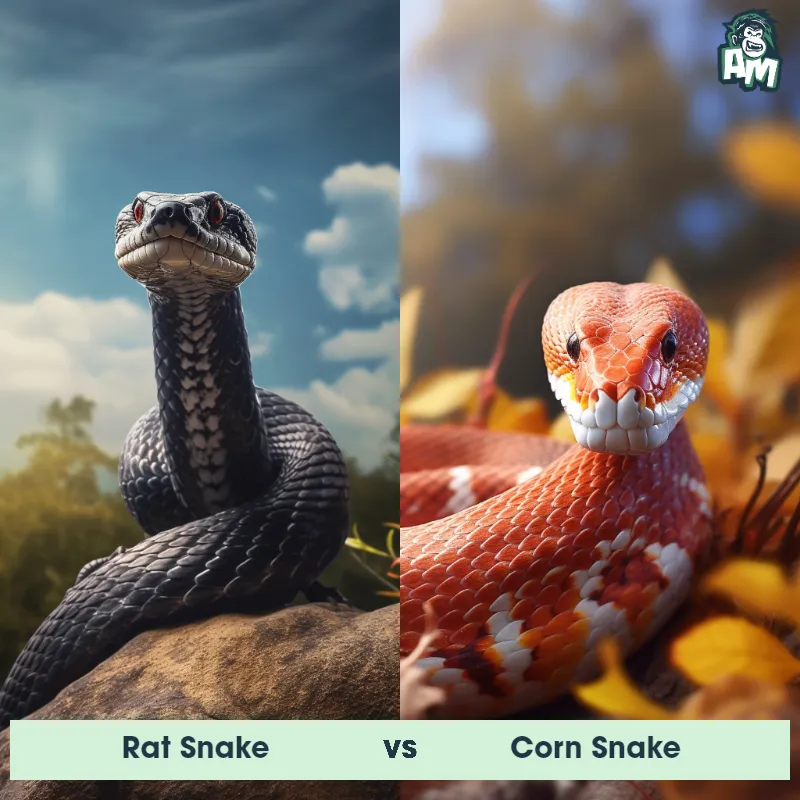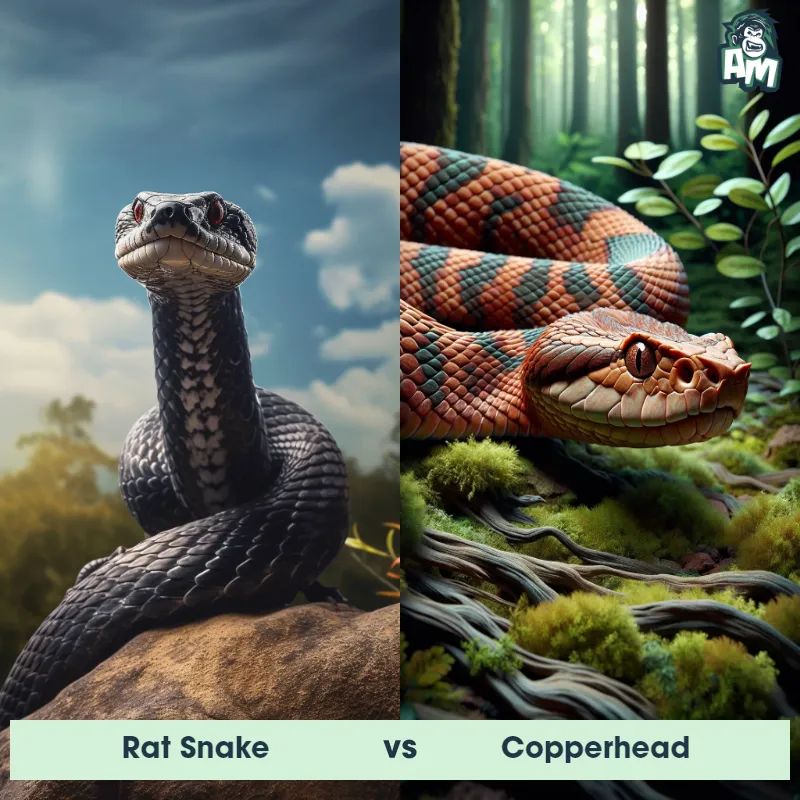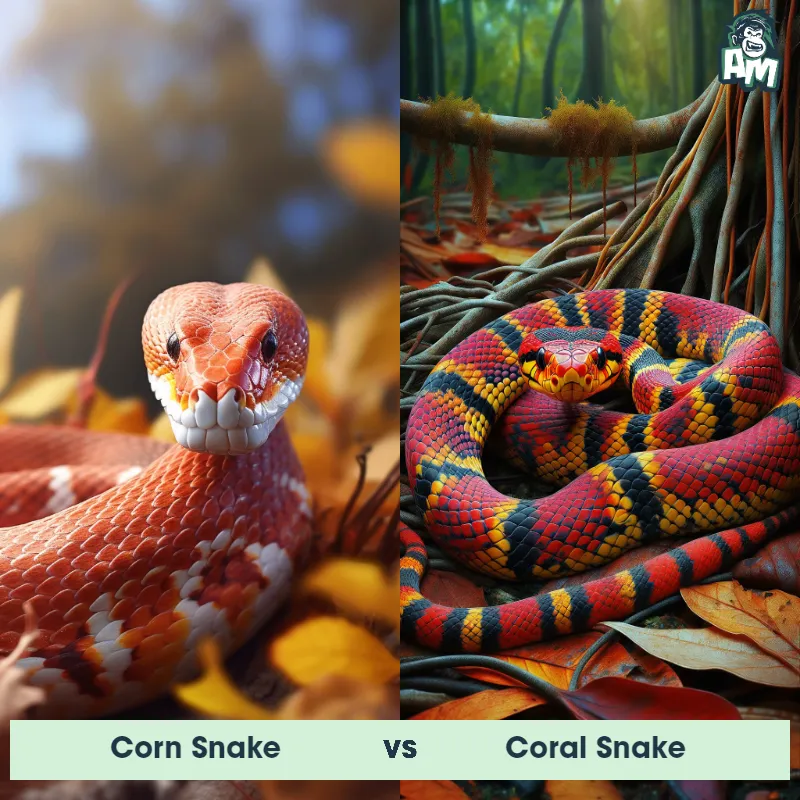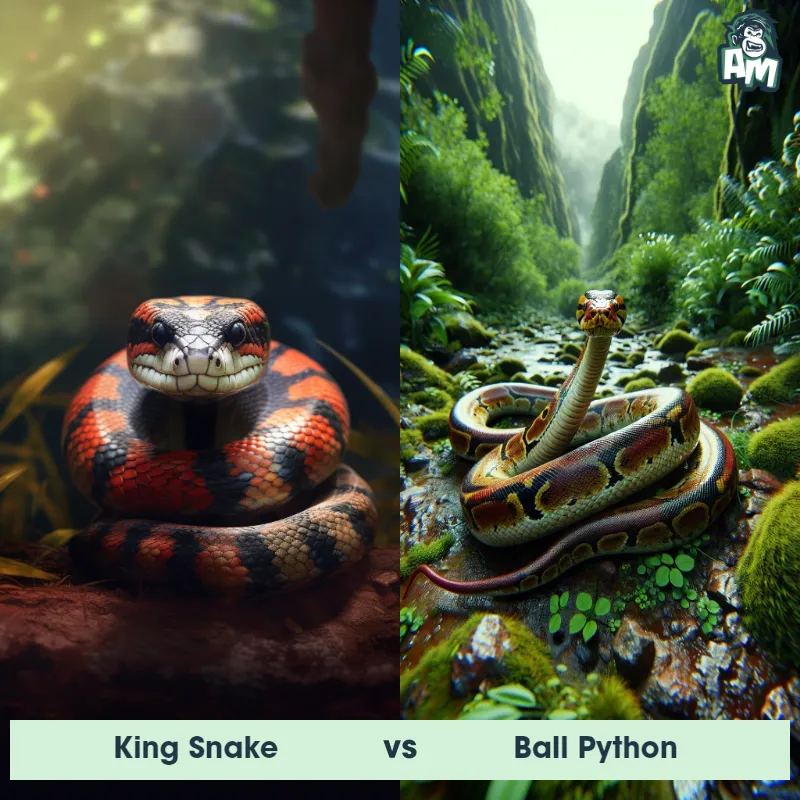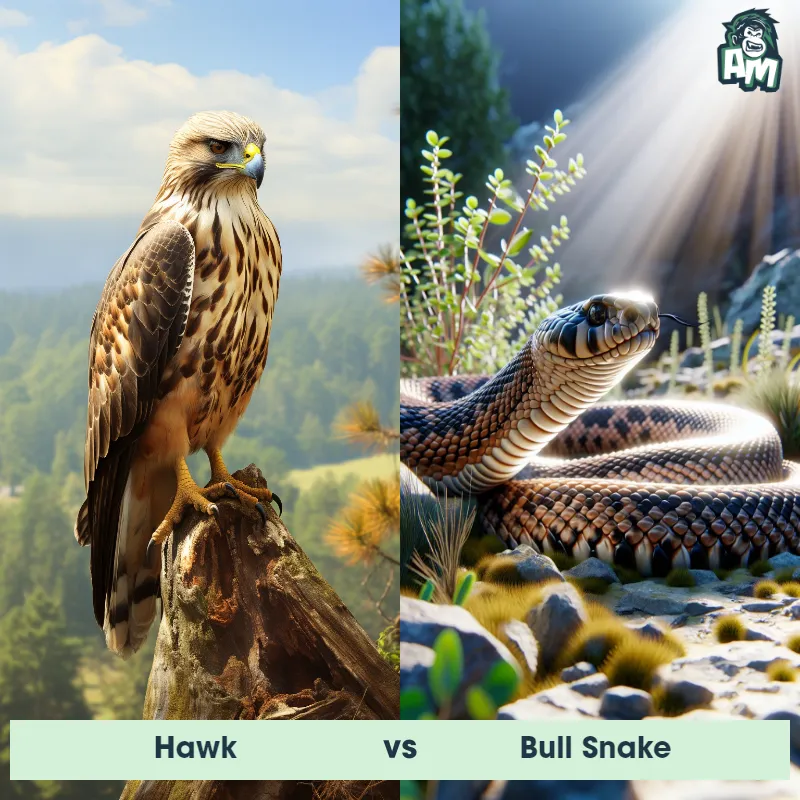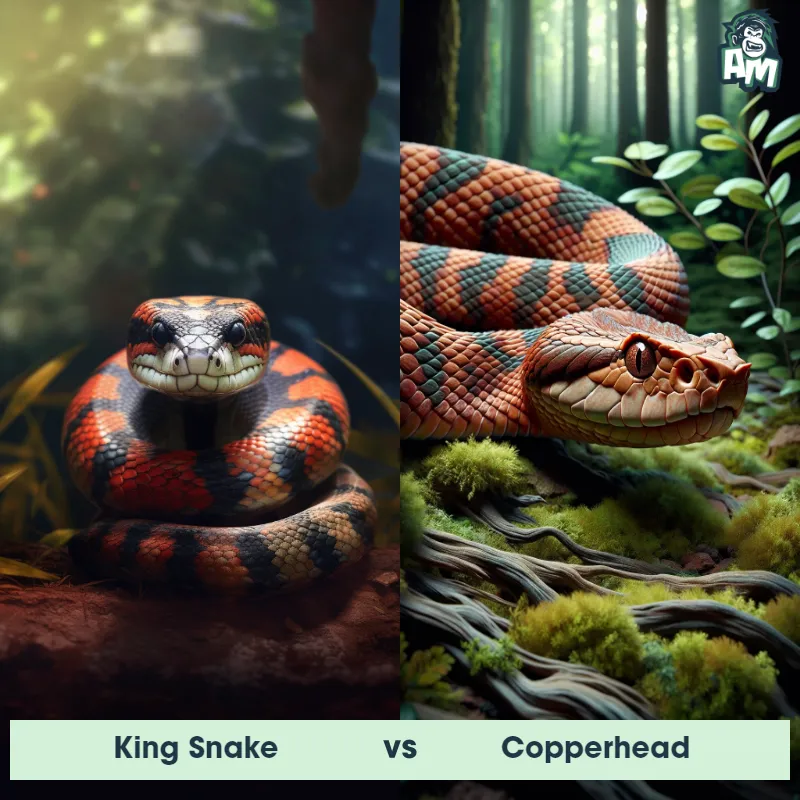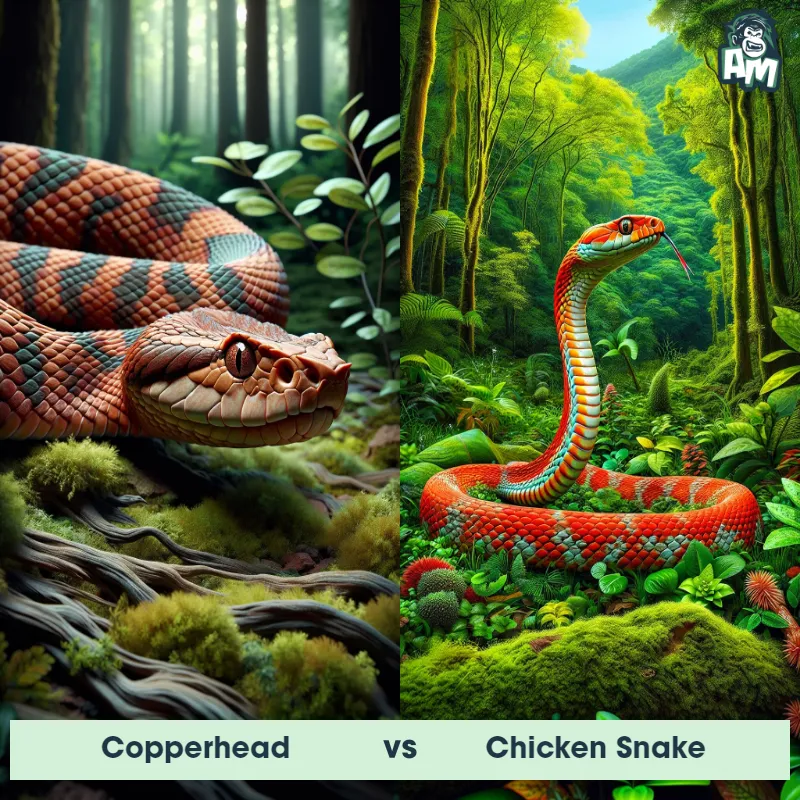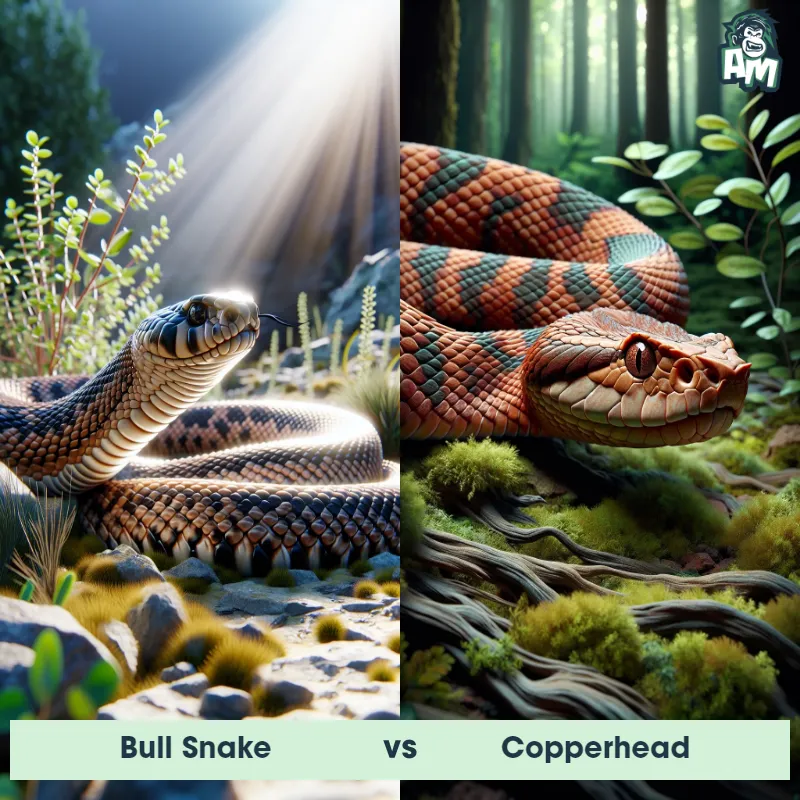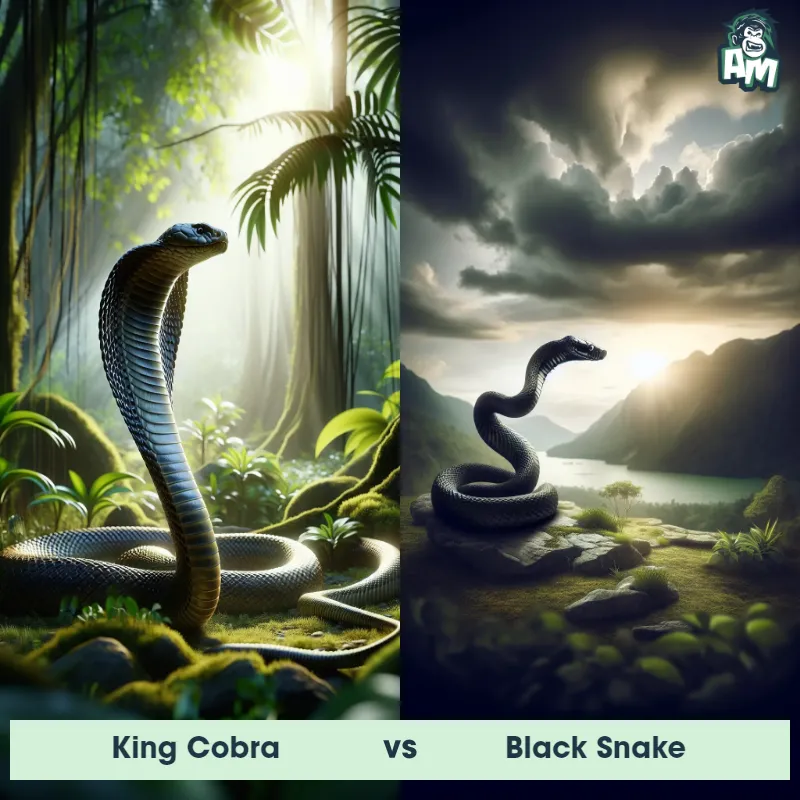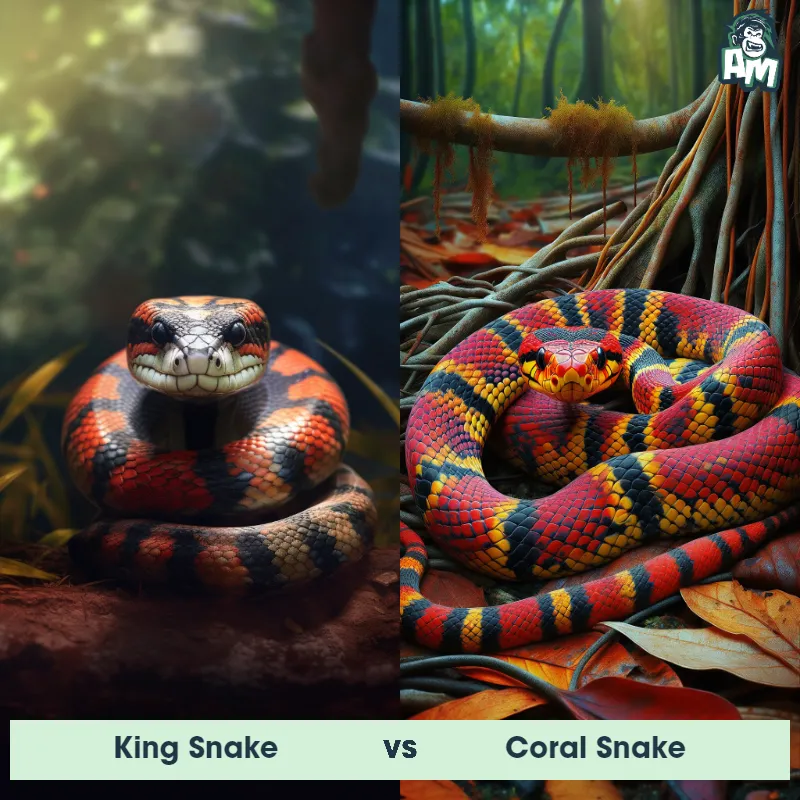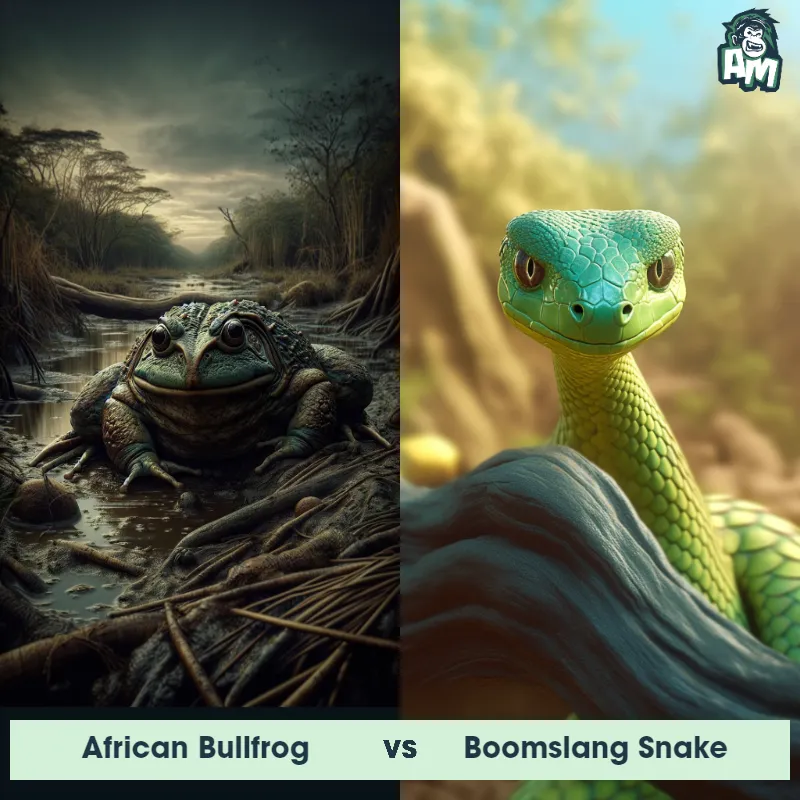King Snake vs Chicken SnakeSee Who Wins

Ladies and gentlemen, welcome to this fierce showdown between two formidable serpent warriors! We've got a thrilling match-up here tonight between a King Snake and a Chicken Snake. Both are talented predators, each with their own unique set of skills. But only one will emerge victorious in this thrilling three-round contest. Buckle up, folks, it's time to witness some explosive reptilian action!
Contender 1: King Snake
The King Snake, also known as the Lampropeltis, is a non-venomous snake that can be found in North and Central America. They are known for their distinctive color patterns, which can vary depending on the species. Some King Snakes have black and white stripes, while others have red and black bands. They are constrictors, meaning they kill their prey by squeezing them until they suffocate. King Snakes are also known for their immunity to the venom of other snakes, which allows them to eat venomous snakes without being harmed.
Fun Fact: King Snakes are known for their ability to mimic the appearance and behavior of venomous snakes, such as the Coral Snake. This is a defense mechanism that helps them avoid predators.
Contender 2: Chicken Snake
The Chicken Snake, also known as the Eastern Rat Snake, is a non-venomous colubrid snake found in North America. It is a slender snake with smooth scales and can grow to be quite long, reaching lengths of up to 6 feet. The snake is typically black or dark brown with a white or yellow belly, and it has a series of black spots running down its back. It is an excellent climber and often found in trees, as well as on the ground, and it preys on small mammals and birds.
![[object Object] Gif](https://tenor.com/view/viralhog-egg-snake-hungry-gimme-that-gif-12840403.gif)
Fun Fact: The Chicken Snake is known for its ability to climb trees and even walls using its strong and flexible body, making it a skilled arboreal predator.
Matchup Stats
| King Snake | Chicken Snake | |
|---|---|---|
| Size | Up to 6 feet (1.8 meters) | Up to 6 feet (1.8 meters) |
| Weight | Up to 4 pounds (1.8 kilograms) | Up to 3 pounds (1.4 kilograms) |
| Speed | Speed: 4 mph (6.4 km/hr) | 8-12mph (13-19km/h) |
| Key Strength | Constriction | Agility and climbing skills |
| Biggest Weakness | None | Lack of venom |
Current Votes
King Snake vs Chicken Snake
See Who Wins
View More Matches
Looking For More?
Similar Matches
Scientific Stats
| King Snake | Chicken Snake | |
|---|---|---|
| Scientific Name | Lampropeltis | Pantherophis alleghaniensis |
| Family | Colubridae | Colubridae |
| Habitat | Terrestrial | Forests, woodlands, and fields |
| Geography | North and Central America | North America |
| Diet | Carnivorous, eats rodents, lizards, birds, and other snakes | Small mammals and birds |
| Lifespan | 15 years - 25 years | 5 years - 10 years |
Key Differences between King Snake and Chicken Snake
- 5) Size: King Snakes are usually shorter and thicker, averaging between 3 to 4 feet in length, while Chicken Snakes tend to be longer and thinner, reaching lengths of up to 6 feet.
- 3) Head shape: The King Snake possesses a more triangular-shaped head, broader at the back and tapering towards the snout, while the Chicken Snake has a more rounded head.
- 1) Color: The King Snake has distinct alternating bands of black, yellow, and white, while the Chicken Snake typically has a lighter brown or tan coloration.
- 2) Pattern: King Snakes have wide, bold bands that run across their bodies, whereas Chicken Snakes may have a more random pattern or narrower bands.
- 6) Territory: King Snakes are primarily found in North and Central America, while Chicken Snakes have a wider distribution, extending into some parts of South America.
- 4) Scales: King Snakes have smooth and shiny scales, whereas Chicken Snakes have slightly keeled scales, giving a rougher appearance when observed closely.





